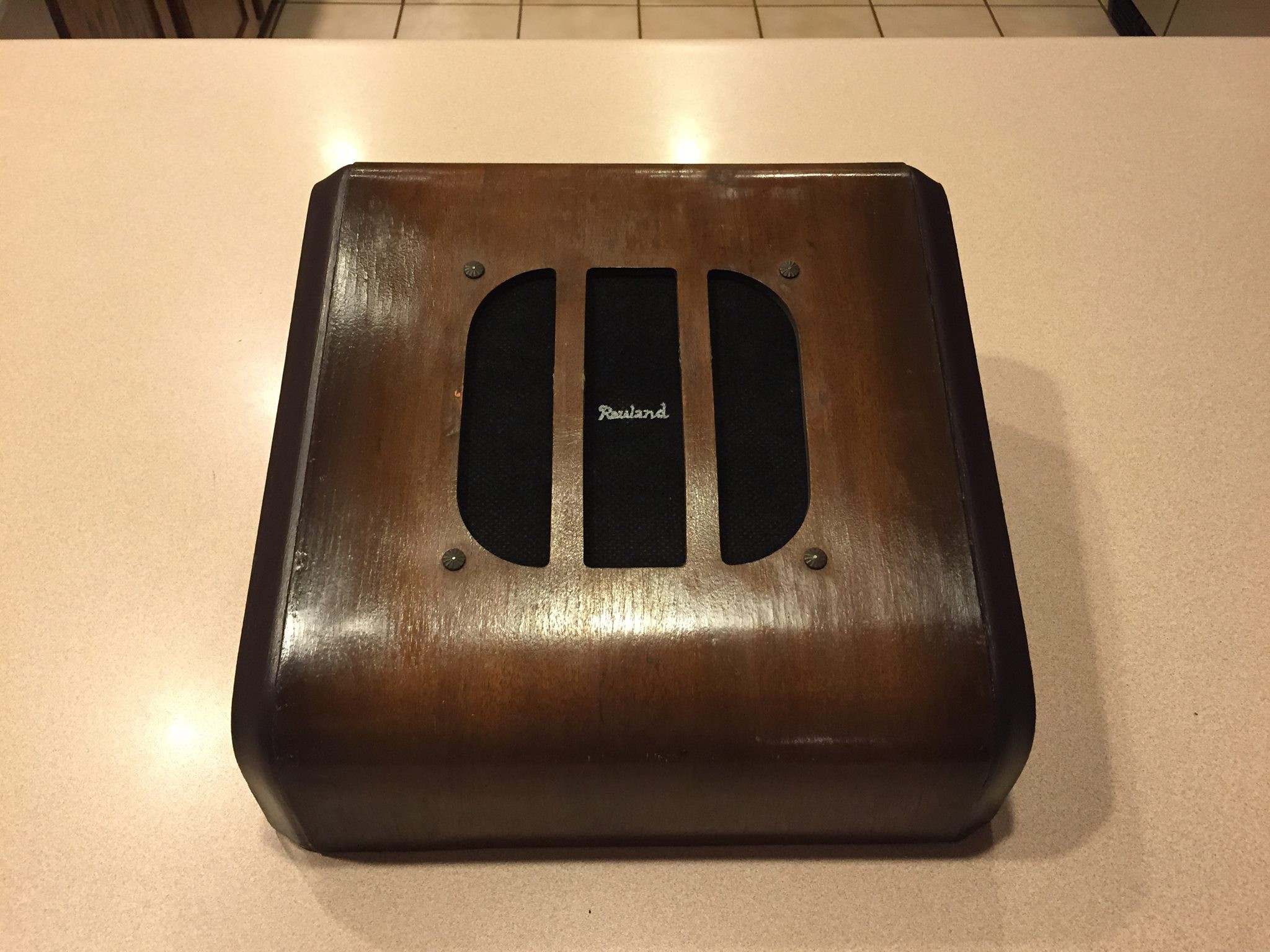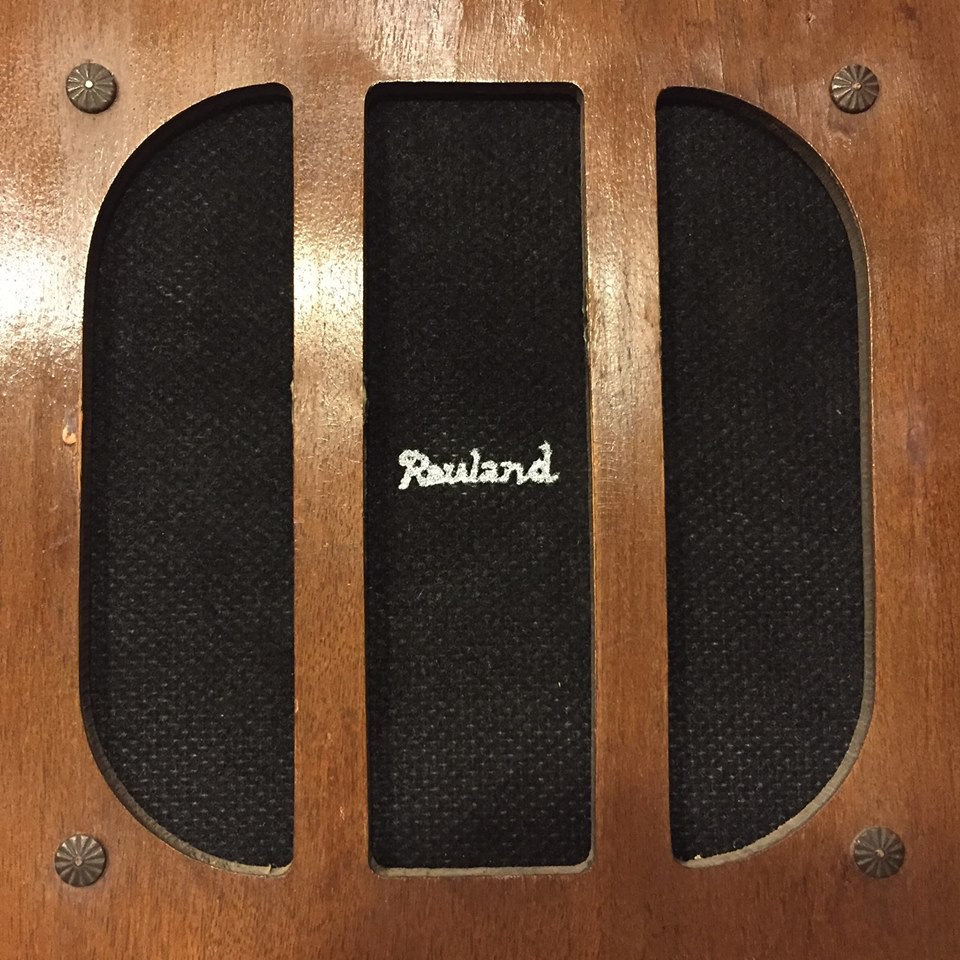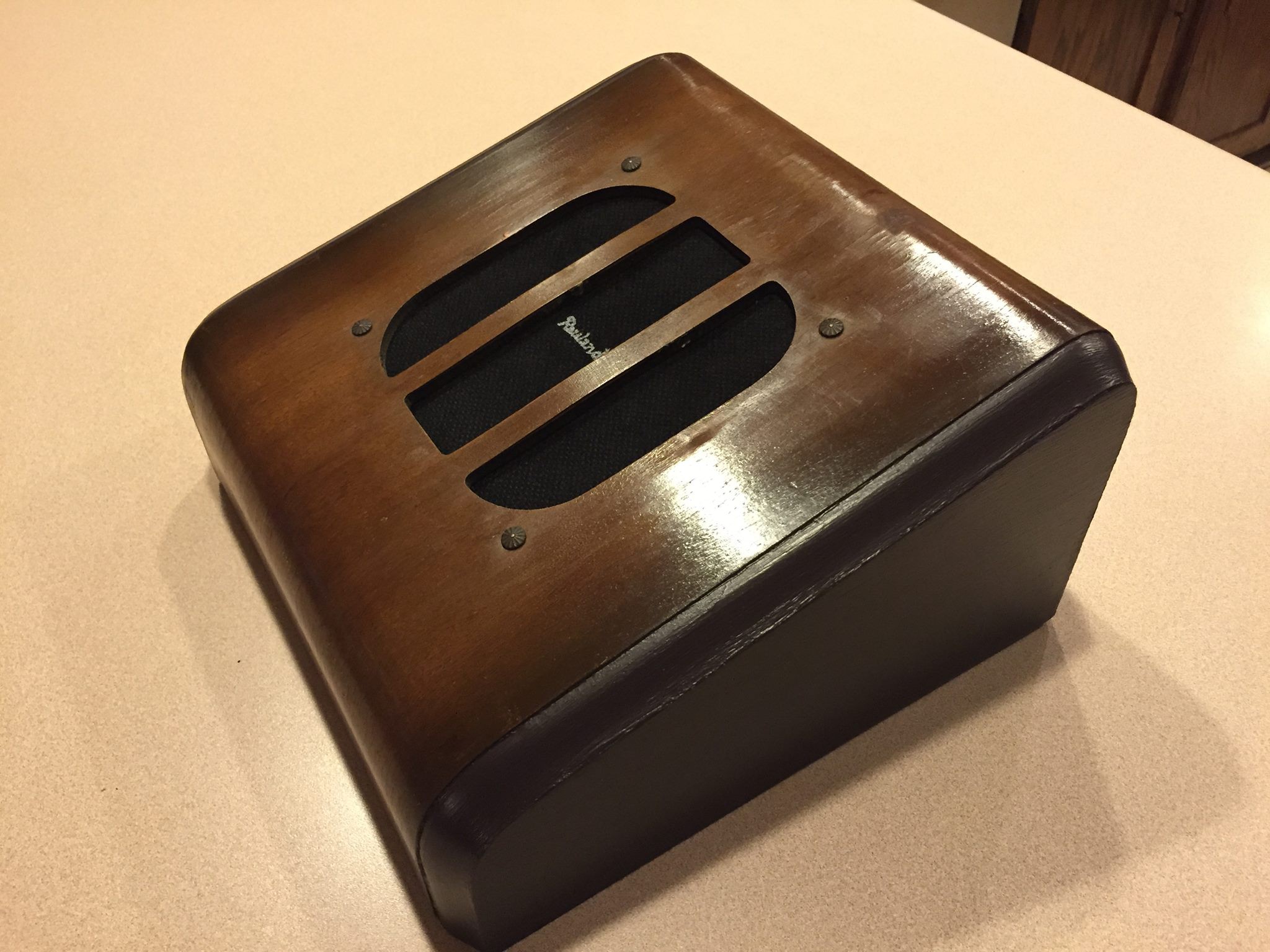-
Ditching Wires (I'm FREE!)
01/14/2015 at 00:58 • 0 commentsOnce my new Bluetooth module came in (same model as before but different seller), I was ready to make the speaker wireless. First, I verified that the Bluetooth module did indeed work. Next, I cut up the line-in cable and soldered it to my amplifier board. Unfortunately, the wires were very thin and hard to work with.
Then I took the case and the USB shield off the Bluetooth module like [Tony] did, and I soldered power and ground leads onto the USB connector for the amplifier board.
I cut up a very short USB cable that I got from BoilerMake this fall so I could use it to power both boards. I soldered power and ground from the USB cable to the USB connector on the Bluetooth module. That way, I could use a USB battery pack to power it.
I soldered the final leads onto the amplifier board, hooked it up to the speaker, and...
Nothing.
I tested each component before soldering everything, and it all worked. After lots of frustration, I determined that the amplifier board died. I must have let the soldering iron on it for too long. At least the audio works, if quietly, as long as I bypass the amplifier.
I'm probably going to end up buying another amplifier board and have a go at it again. But for now, at least, it works.
-
Fixing the veneer, painting, and more
01/09/2015 at 03:00 • 0 commentsWell, first off, the Bluetooth module I bought was DOA. I returned it and am probably going to buy a similar model from a different seller on Amazon soon.
In the meantime, I did a lot of work on the exterior, and it's looking nice. I first lightly sanded off the dripped paint from the front, bottom, and top. The top had far more paint drips than the rest, so rather than sand off the entire veneer, I mostly let it go. It's going to be too high to see when wall mounted, anyway.
Once I finished sanding, there were obvious marks left on the veneer. The first thing I tried to do was fill them in with wood filler "crayons," which was mildly successful but still not great. Then I tried brown shoe polish, and voilà! It looked beautiful.
Next, there were two holes in the veneer, both on the front. One was extremely prominent. I used some wood putty to fill them, and while they look better, the big one is still somewhat noticeable. I was pleasantly surprised that the color matched pretty well because it's not paintable wood putty.
![]() I took the speaker out, and it seems to have held up surprisingly well over the years. No signs of any damage, although it was quite dusty. I was originally going to replace the speaker cloth, but when I took it out, I realized it too was in much better condition than I thought. I washed out the dust and grime, then flipped it inside out so the less faded side was facing out. My sister kindly painted the Rauland logo on the new front. While I was at it, I glued the broken cross bars back together.
I took the speaker out, and it seems to have held up surprisingly well over the years. No signs of any damage, although it was quite dusty. I was originally going to replace the speaker cloth, but when I took it out, I realized it too was in much better condition than I thought. I washed out the dust and grime, then flipped it inside out so the less faded side was facing out. My sister kindly painted the Rauland logo on the new front. While I was at it, I glued the broken cross bars back together.![]()
The last thing to do was fix the sides. They were simply painted, but they had large paint drips. I sanded these off, but that left marks on the rest of the paint. I ended up painting over the sides with as close to the same shade of brown as I could mix. Unfortunately, it dried much lighter than I had anticipated, so it's a cool brown instead of warm brown like the original.
The exterior should now be finished. The amplifier chip I bought works great, so all that's left is Bluetooth.![]()
-
Bluetooth and Audio Amp
12/04/2014 at 05:11 • 0 commentsSince my last update, I've learned a lot more about Bluetooth (for another project) and decided to give it a try for this project instead of AirPlay. I saw this project on Hackaday and bought the same adapter from Amazon on sale for $7.50. I also bought an audio amplifier for $6.78, also from Amazon.
I'm planning to remove the enclosure from the Bluetooth receiver so I can solder directly to it. I'll hook up the +5V and ground from the Bluetooth receiver to the audio amp, as well as the left and right audio channels. Then it's a simple matter of hooking the speaker up to the right audio channel (since I only have a single speaker) and plugging it all into the USB battery pack.
Also, the audio amplifier has a built-in potentiometer that controls the volume, so I might mount it onto the speaker enclosure.
-
AirPlay
10/26/2014 at 19:27 • 0 commentsI had a great idea today. Why not use my old iPod touch as an AirPlay receiver, rather than a Raspberry Pi?
I installed Airfoil, but it crashed immediately on opening the app. Then I installed AirPlayServer, which seemed to work. However, the AirPlay connection from iTunes was pretty shaky and tended to crash iTunes a few times before it started working. Once it did, I hooked it up to my speaker, and the music was almost inaudible. If this is going to work, I'm going to need to boost the volume a lot.
On the plus side, I acquired a portable battery pack from BoilerMake last weekend. It's 5V 1A 2200mAh, so it should be enough to power an iPod or a Raspberry Pi Model A for a few hours. We'll see how things turn out.
Restoring a 1950s Schoolroom Speaker
My effort to bring a piece of history into the 21st century
 I took the speaker out, and it seems to have held up surprisingly well over the years. No signs of any damage, although it was quite dusty. I was originally going to replace the speaker cloth, but when I took it out, I realized it too was in much better condition than I thought. I washed out the dust and grime, then flipped it inside out so the less faded side was facing out. My sister kindly painted the Rauland logo on the new front. While I was at it, I glued the broken cross bars back together.
I took the speaker out, and it seems to have held up surprisingly well over the years. No signs of any damage, although it was quite dusty. I was originally going to replace the speaker cloth, but when I took it out, I realized it too was in much better condition than I thought. I washed out the dust and grime, then flipped it inside out so the less faded side was facing out. My sister kindly painted the Rauland logo on the new front. While I was at it, I glued the broken cross bars back together.
